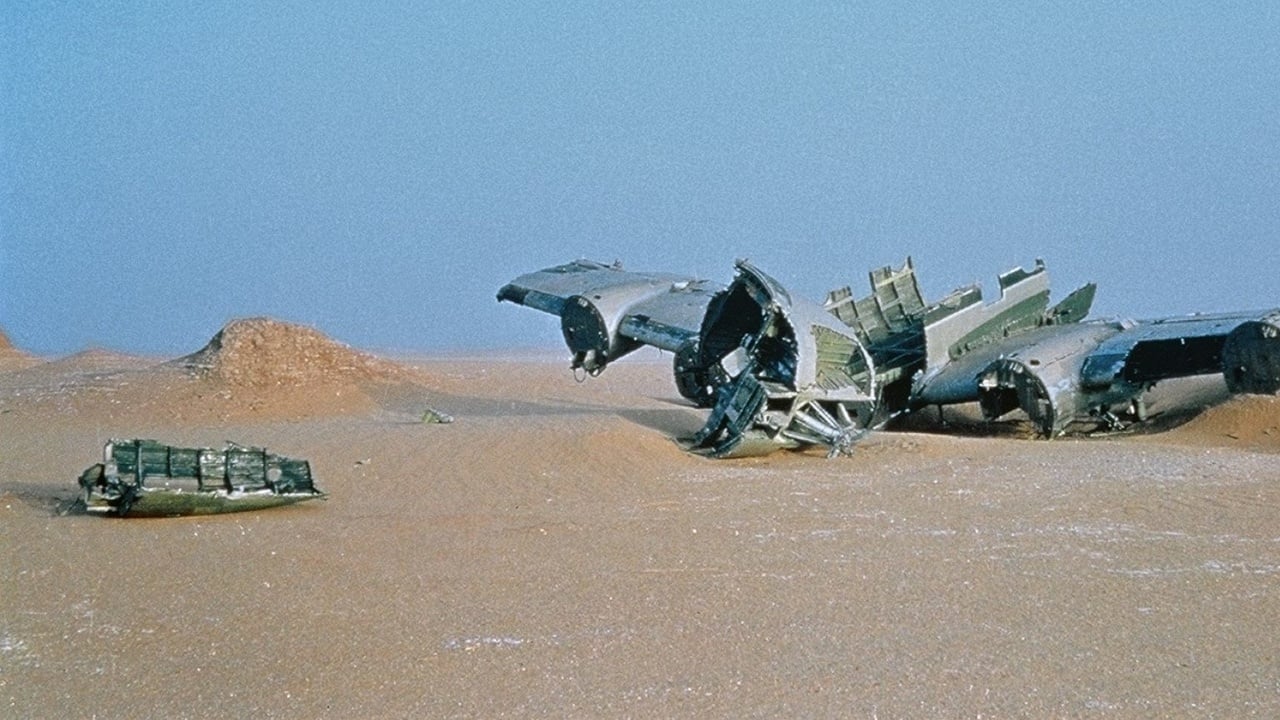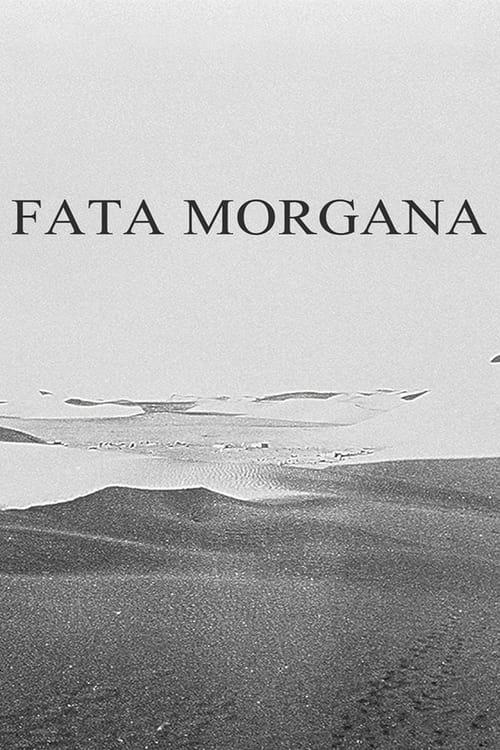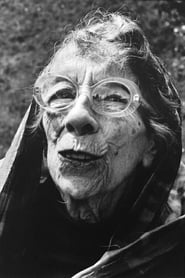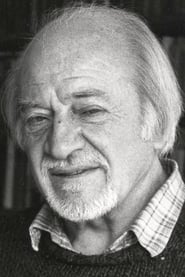

Shot under extreme conditions and inspired by Mayan creation theory, the film contemplates the illusion of reality and the possibility of capturing for the camera something which is not there. It is about the mirages of nature—and the nature of mirage.

Narrator (voice)

Narrator (voice)

Narrator (voice)

Narrator (voice)


